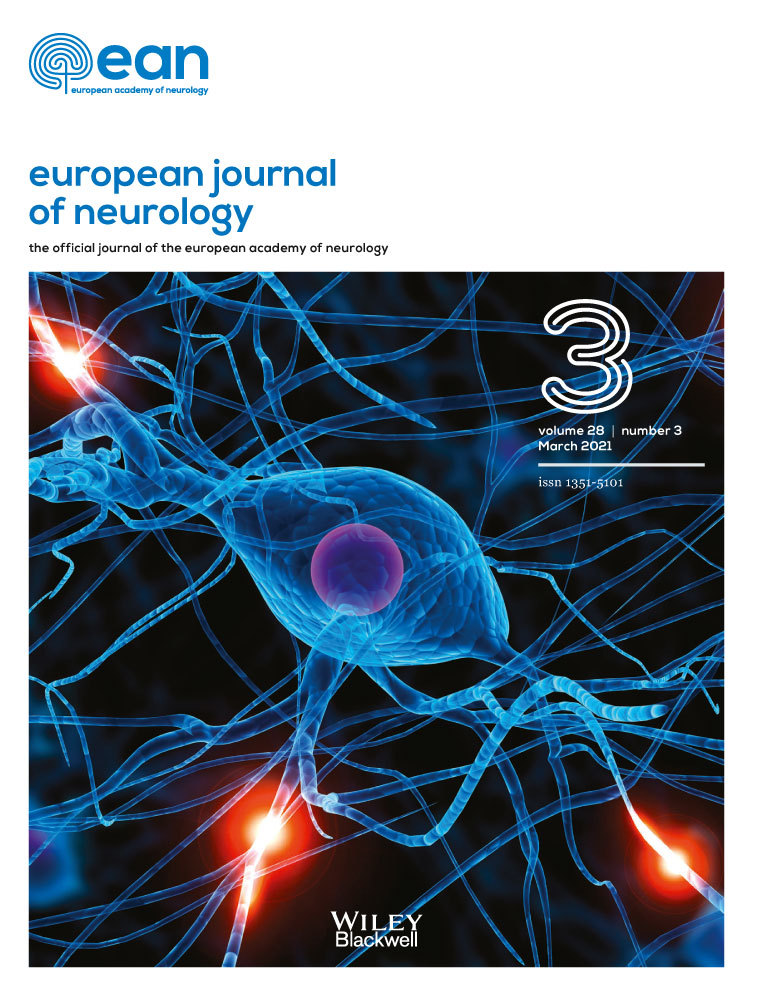Plasma soluble suppression of tumorigenicity 2 and depression after acute ischemic stroke
Funding information
This study was supported by the National Natural Science Foundation of China (Grant No. 81773522 and 81903387), the Natural Science Foundation of Jiangsu Province (Grant No. BK20190818), the Suzhou Science and Technology Project (Grant No: SYS2019023), Undergraduate Training Program for Innovation and Entrepreneurship, Soochow University (Grant No. 2020xj053), and the Project of the Priority Academic Program Development of Jiangsu Higher Education Institutions, China.
Abstract
Background and purpose
Soluble suppression of tumorigenicity 2 (sST2) might be related to stroke and depression, but the association of sST2 with poststroke depression (PSD) is unclear. The study aimed to prospectively assess the association between plasma sST2 levels and PSD.
Methods
A total of 635 acute ischemic stroke patients with sST2 measurements from the China Antihypertensive Trial in Acute Ischemic Stroke were included in this analysis. We used the 24-item Hamilton Rating Scale for Depression to assess depression at 3 months, and PSD was defined as a score of ≥8. Logistic regression analysis was performed to estimate the risk of PSD associated with sST2, and net reclassification index (NRI) and integrated discrimination improvement (IDI) were calculated to assess the predictive value of sST2.
Results
Two hundred fifty (39.4%) patients developed depression at 3 months after ischemic stroke. Patients with PSD had higher sST2 levels than patients without PSD (172.7 vs. 153.8 pg/ml; p = 0.003). After adjustment for age, sex, education, National Institutes of Health Stroke Scale score, and other covariates, the odds ratio for the highest quartile of sST2 compared with the lowest quartile was 1.84 (95% confidence interval, 1.10–3.08) for PSD. Adding sST2 to a conventional model notably improved risk prediction for PSD (category-free NRI = 19.34%, 95% confidence interval = 4.39%–34.28%, p = 0.017; IDI = 1.20%, 95% confidence interval = 0.25%–2.15%, p = 0.014).
Conclusions
Increased plasma sST2 levels in the acute phase of ischemic stroke were significantly associated with the increased risk of PSD, independently of conventional risk factors.
DISCLOSURE OF CONFLICTS OF INTEREST
The authors report no conflicts of interest.
Open Research
DATA AVAILABILITY STATEMENT
Data are available to researchers on request for purposes of reproducing the results or replicating the procedure by directly contacting the corresponding authors.




